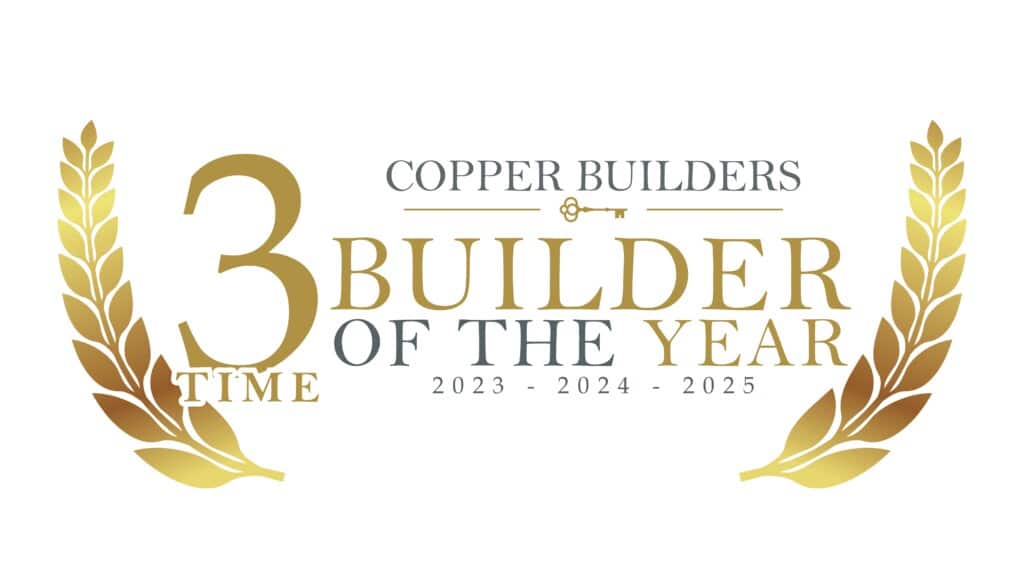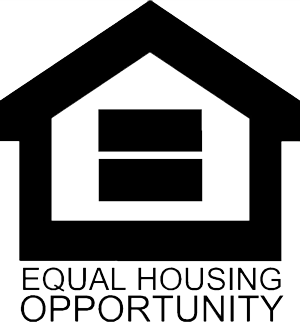Multifamily construction is vital to the real estate industry, providing housing for millions across the United States. But what is multifamily construction, and why is it such an essential aspect of the housing market?
Defining Multifamily Construction
At its core, multifamily construction involves the development of residential buildings designed to accommodate multiple families or individuals within the same structure. These buildings can take various forms, including apartment buildings, duplexes, triplexes, townhouses, and condominiums.
The primary goal of multifamily construction is to maximize the use of space, providing efficient and cost-effective housing solutions for urban and suburban areas.
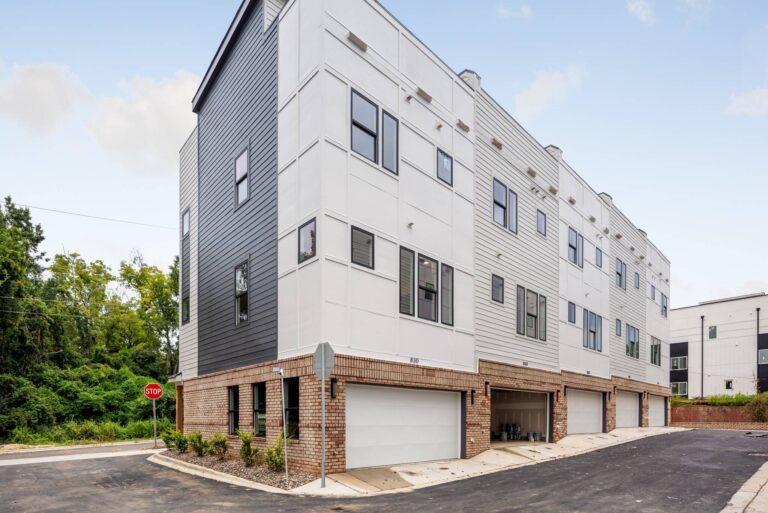
Types of Multifamily Housing
Apartment Buildings
The most recognizable form of multifamily housing, apartment buildings can range from small complexes with just a few units to sprawling high-rises with hundreds of apartments.
They offer a range of amenities and are often managed by property management companies.
Duplexes and Triplexes
Duplexes are two-unit buildings, while triplexes have three units. These are usually smaller-scale multifamily properties and are often owner-occupied, with one unit rented out to help cover the mortgage.
Townhouses
Townhouses are typically multi-story structures with multiple units attached side by side. They often share common walls but have separate entrances, providing a balance between apartment living and single-family homes.
Condominiums
Condos are individually owned units within a larger building. Residents own their units and collectively share ownership of common areas like hallways, elevators, and amenities.
They are popular among homeowners looking for less maintenance than a single-family home.

Why Multifamily Construction Matters
Multifamily construction plays a crucial role in addressing several critical aspects of the housing market:
Affordability
Multifamily housing is often more affordable than single-family homes. It allows individuals and families to access housing in prime locations without the high costs of owning a standalone property.
Density
In urban areas, space is at a premium. Multifamily construction enables more people to live in a smaller footprint, efficiently using limited land resources.
Community
Many multifamily developments foster a sense of community. Residents often interact with their neighbors, and shared amenities such as gyms, pools, and common areas provide opportunities for social interaction.
Investment Opportunity
For real estate investors, multifamily residential properties can offer a steady income stream through rental income. They are also seen as a stable investment because the demand for rental housing remains relatively consistent.

Multifamily Home vs. Single-Family Home
While multifamily housing includes several separate housing units, single-family housing only consists of one unit.
Pros of Multifamily Homes
Affordability: Multifamily homes are generally more budget-friendly, as land and construction costs are divided among multiple units. This can make homeownership more accessible.
Shared Maintenance: Common areas and external maintenance are often handled collectively or managed by an HOA, reducing your maintenance responsibilities.
Amenities and Community: Many multifamily developments offer pools, gyms, and communal spaces, fostering community and providing added recreational options.
Cons of Multifamily Homes
Less Privacy: Living close to neighbors can reduce privacy, as you may hear noise from adjacent units and have shared outdoor spaces.
HOA Fees: If an HOA governs your multifamily property, you may need to pay regular fees to cover communal expenses. These fees can add to your housing costs.
Shared Decision-Making: In multifamily communities, residents often adhere to community rules and may have limited control over certain aspects of their units or properties.
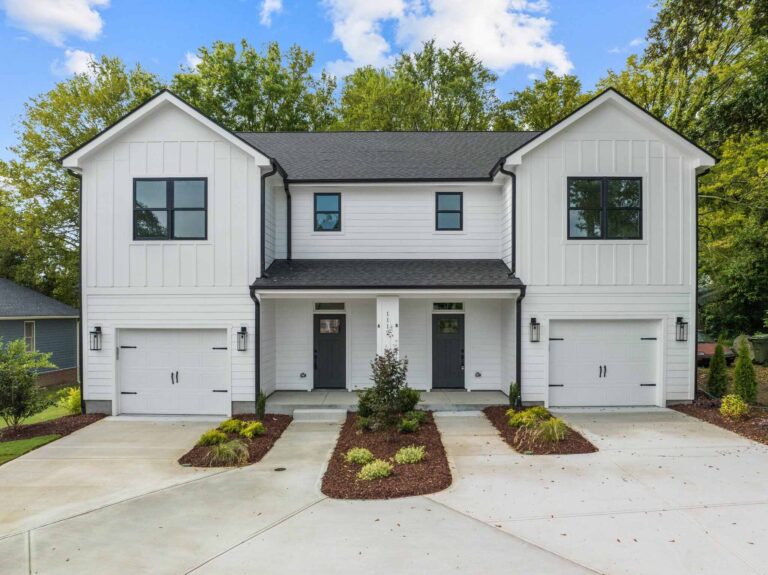
Pros of Single-Family Homes
Privacy and Space: Single-family homes provide maximum privacy and space. You won’t share walls, floors, or ceilings with neighbors, offering a quiet and serene living environment.
Yard and Outdoor Freedom: Typically, single-family homes come with larger yards or outdoor spaces, perfect for gardening, playing with pets, or hosting outdoor gatherings.
Complete Control: As the sole owner, you have full control over the property. You can make architectural changes, modifications, or renovations according to your preferences without the need for communal decisions.
Cons of Single-Family Homes
Higher Costs: Single-family home is often more expensive than multifamily units. You bear the total cost of land, construction, and maintenance.
Greater Responsibility: With more space and no shared responsibilities, you are solely responsible for all maintenance, repairs, and landscaping.
Limited Rental Income Potential: Unlike multifamily homes, single-family homes don’t provide the opportunity to generate rental income from additional units.

Trends in Multifamily Construction
The multifamily housing industry is transforming, embracing innovative technologies, including keyless entry and voice-activated assistants.
Health and wellness are also at the forefront, with fitness centers, wellness programs, and outdoor amenities promoting healthy living. Sustainability is a crucial focus, incorporating energy-efficient designs, water-saving technologies, and eco-friendly features. Additionally, pet-friendly amenities and expansive communal spaces cater to the changing needs of residents, fostering a sense of community.
Connectivity with Wi-Fi in common areas addresses the demands of remote work and digital connectivity, making multifamily living more convenient and connected than ever.

Multifamily Construction Opportunities in Charlotte and Raleigh
Charlotte and Raleigh offer a promising landscape for multifamily construction thanks to a blend of advantageous factors. Both cities boast robust job markets from technology, finance, healthcare, and education, drawing professionals seeking housing options close to work.
Most of the population comprises Millennials and Generation Z, who prefer urban living with walkable neighborhoods and access to city attractions, driving multifamily housing demand. The rise of mixed-use developments, combining residential spaces with retail, dining, and recreational amenities, fosters community and provides residents with a convenient and holistic living experience.
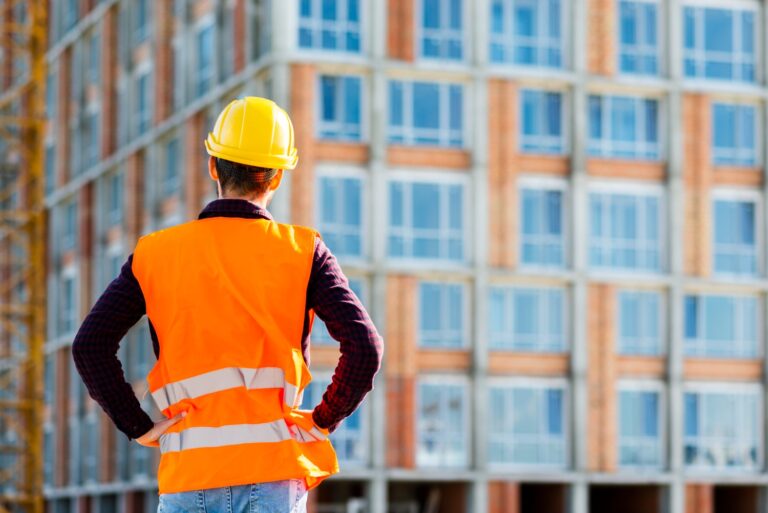
Copper Collaborative
As you consider building multifamily housing, choose Copper Collaborative as your partner throughout the process.
From conceptualization to completion, we work tirelessly to ensure that your multifamily construction project not only meets industry benchmarks but exceeds them. We understand that every construction endeavor is unique, so we offer personalized solutions tailored to your specific goals, budget, and timeline.
Trust Copper Collaborative for excellence in multifamily construction. Visit the Copper Collaborative page for more information, or contact us today!







